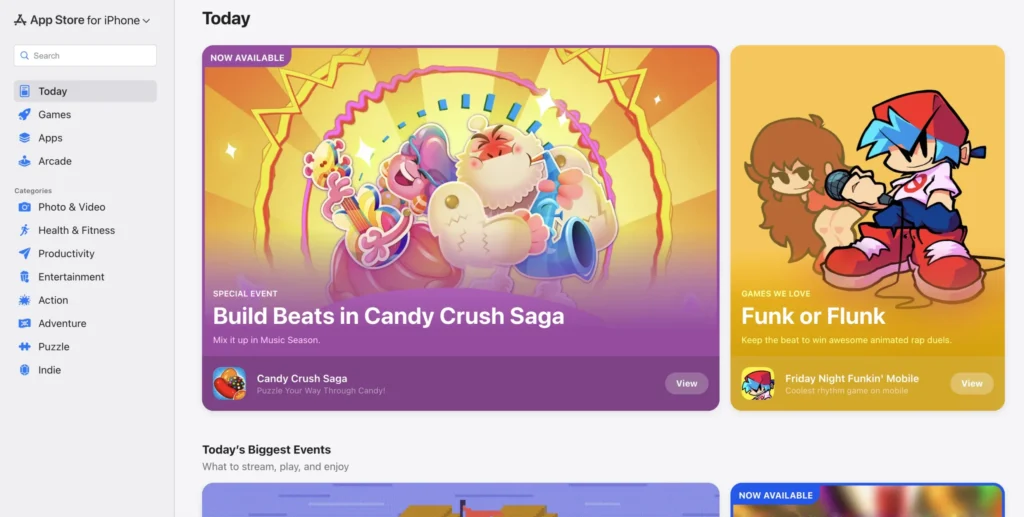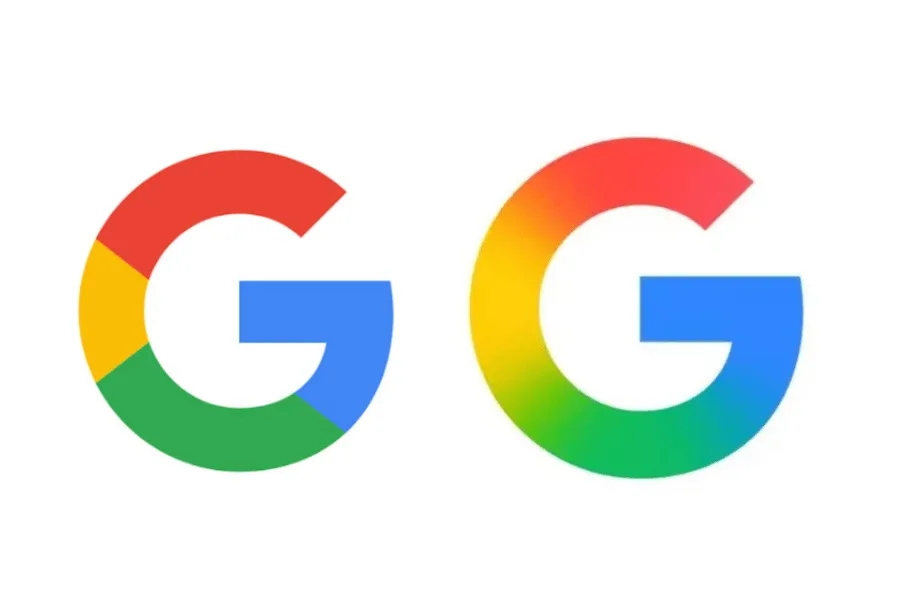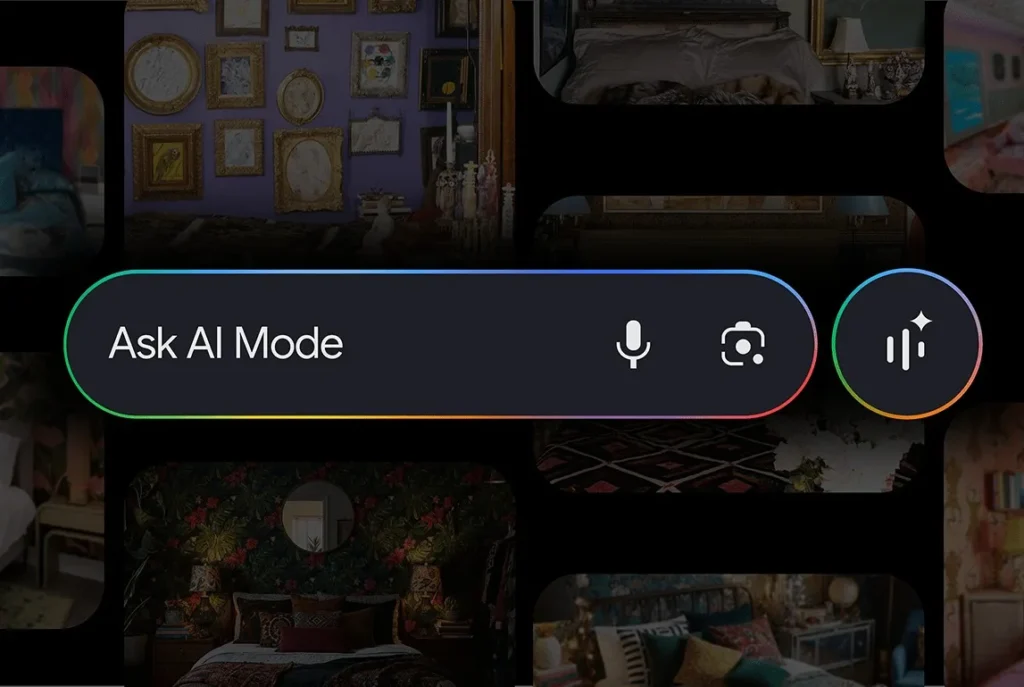Apple launches the App Store on the web for the first time
Apple has launched a new web version of the App Store, marking a significant strategic shift that transforms one of its most closed platforms into one accessible from any browser — whether on an iPhone or not.
According to 9to5Mac, this update now allows users to browse, search, and discover iOS, macOS, watchOS, or tvOS applications without needing an Apple device. This decision comes amid significant regulatory and competitive pressure, particularly in Europe, where Apple frequently faces accusations of anti-competitive practices. However, it also presents a commercial opportunity: to introduce the Apple ecosystem to a much broader audience.
A modern and seamless web App Store
The new interface features a clean, responsive design, mirroring that of the iOS App Store:
- high-resolution screenshots,
- detailed descriptions,
- ratings and user reviews,
- simplified navigation between categories.
Each app page now includes a direct web link — an advantage for developers, allowing them to easily share their apps on social media, via email, or in advertising campaigns.

According to MacRumors, developers will also be able to embed these links in their websites or newsletters to promote their apps without going through Apple’s closed ecosystem.
New tools for developers
This launch is accompanied by new features for developers, including simplified application update management and submissions, new in-app purchase options, and intelligent marketing tools for targeting promotions or temporary offers.
Apple is clearly adopting a more agile and open approach to application distribution — while maintaining its strict quality control model.
A gesture of openness… under pressure
This shift is significant. The European Union, through the Digital Markets Act (DMA), has required since 2024 that Apple allow alternative app distribution channels. Thus, this new web App Store could be seen as a preventive response to these regulatory constraints, while also enabling Apple to maintain control over user experience and monetization.
In other words: Apple is opening up, but on its own terms. At the same time, this change enhances direct competition with Google. The Google Play Store has long offered a complete web version, and Apple is finally catching up — while adding its signature premium touch to its ecosystem.
A cornerstone in the 2026 strategy
This launch is part of a broader dynamic: 2026 will mark Apple’s 50th anniversary, with an extremely dense product roadmap. According to Mark Gurman (Bloomberg), the company is preparing a foldable iPhone, a new generation of Macs with M6 chips, an AI-enhanced Siri voice assistant, and connected screens for the home.
The web App Store could serve as a unified foundation for these new devices, facilitating cross-compatibility and the discovery of apps suited to each product category.
A strategic bet: controlled openness and increased growth
This web expansion aims at several goals: attracting non-Apple users interested in iOS applications, strengthening developer visibility, and preparing for a multi-platform era where Apple apps will be ubiquitous, from Macs to the web. However, Apple must also ensure security and privacy on the web, two crucial elements of its brand image.
Initial analyses suggest that this redesign could boost overall App Store traffic by 20 to 30%, according to AppFigures, and enhance organic downloads through search engine optimization (SEO).
With this new web App Store, Apple is redefining its strategy without compromising its principles. It opens the door but keeps the keys. This evolution combines accessibility, transparency, and control while adeptly responding to regulators. If the experience proves smooth and secure, Apple could transform this simple website into a central pivot of its digital ecosystem, thus preparing for the next generation of interactions between apps, AI, and services.
In summary: the App Store is leaving the walled garden, but the garden remains well-maintained.




